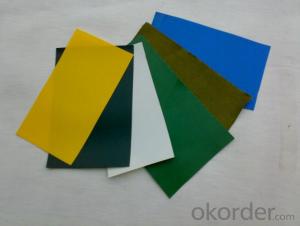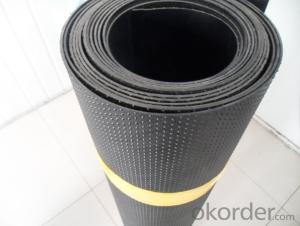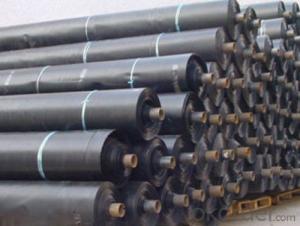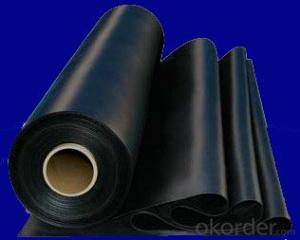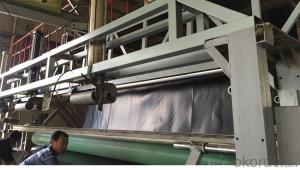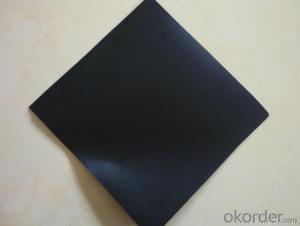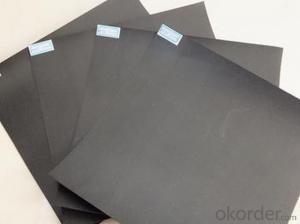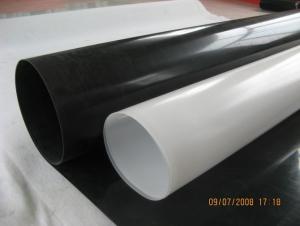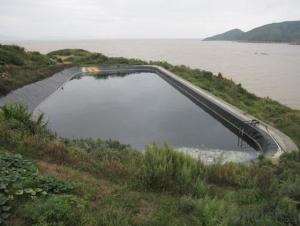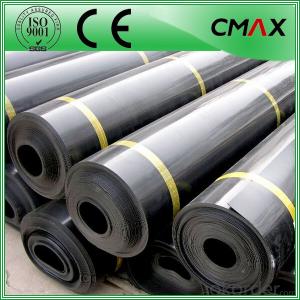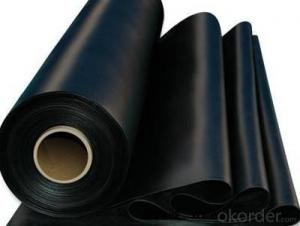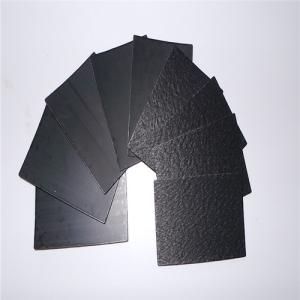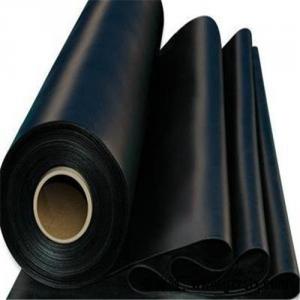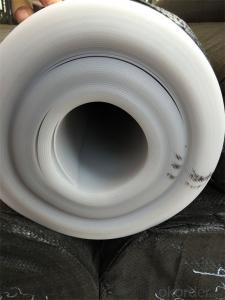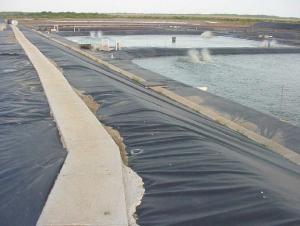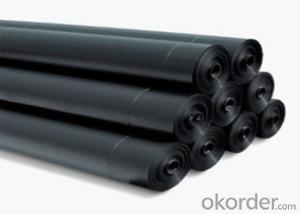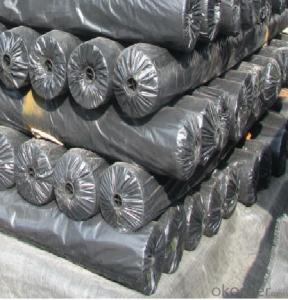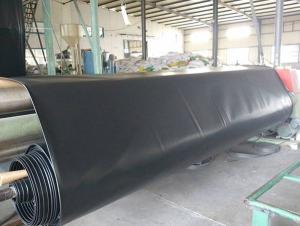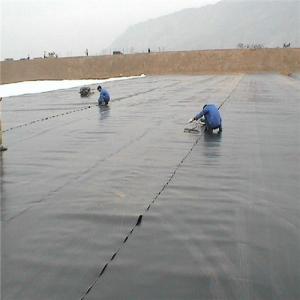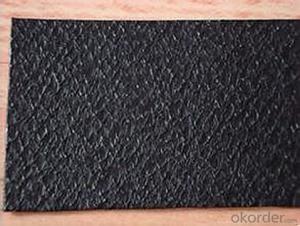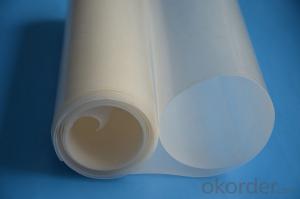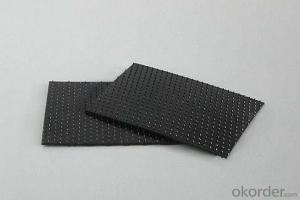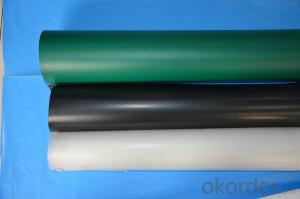Juta Geomembrane
Juta Geomembrane Related Searches
Blu Ray Player With Internet Geomembrane In Pakistan 30 Mil Pvc Geomembrane Pvc Geomembrane Specifications Pvc Geomembrane Geomembrane Machine Plastic Geomembrane Nonwoven Wallpaper Geomembrane Material Geomembrane FabricHot Searches
Geomembrane For Sale China Pvc Geomembrane China Geomembrane Roll Sheet Hdpe Geomembrane Sheet Price Hdpe Geomembrane China China Geomembrane Geomembrane China Hdpe Geomembrane Price Geomembrane Price Wholesale Hdpe Geomembrane Roll Geomembrane Factory Wholesale Liner Hdpe Geomembrane Wholesale Geomembrane Hdpe Wholesale Hdpe Geomembrane Geomembrane Market Size Wholesale Hdpe Geomembrana Wholesale Liner Geomembrane Geomembrane Liner Supplier Wholesale Geomembrane China Pvc GeomembraneJuta Geomembrane Supplier & Manufacturer from China
Okorder.com is a professional Juta Geomembrane supplier & manufacturer, offers integrated one-stop services including real-time quoting and online cargo tracking. We are funded by CNBM Group, a Fortune 500 enterprise and the largest Juta Geomembrane firm in China.Hot Products
FAQ
- Geomembranes are a more advanced and practical solution compared to traditional clay liners. While clay liners are natural and cost-effective, they are prone to cracking, erosion, and require extensive excavation. On the other hand, geomembranes are synthetic, durable, and offer superior resistance to leakage, punctures, and chemical degradation. They are also easier to install, require less maintenance, and provide a more consistent barrier for preventing contamination and seepage. Overall, geomembranes offer a more reliable and efficient alternative to traditional clay liners in various applications such as landfills, ponds, and containment systems.
- nan
- DPE board (high density polyethylene sheet) melting point is about 130 ℃. It has good mechanical strength. It has good heat resistance and cold resistance, good environmental stress crack resistance. It is advised that the range of melting temperature is 200-250℃. The melting temperature is 220℃-260℃. The relative density is 0. For materials with larger molecules, 941-0, it has higher rigidity and toughness and good chemical stability. It can use carbide cutter tool or diamond cutter to cut. Dielectric properties. Hardness is about 30-45HRC.
- nan
- The geotextileis a permeable composite material made of synthetic fibers, which are made by needling or knitting. Finished products are cloth-shaped, the general width is 4-6 meters, length is 50-100 meters. The geotextile is divided into woven geotextile and non-woven geotextile. The geotextile has the characteristics of excellent filtration, drainage, isolation, reinforcement and protection, with light weight, high tensile strength, good permeability, high temperature resistance, freezing resistance, aging resistance and corrosion resistance.
- nan
- Before sticking the film, you should clean up the screen, and then the mobile phone film is cutted as same as the mobile phone screen. The flim has three layers. First, you tear the first layer, you have to tear off the No.1 label and paste rapidly on the phone screen, and then push quickly with a platelet. past faster on a bubble won't have the. Tear off 2, the film is pasted well.
- Geomembranes provide insulation in roofing systems by acting as a barrier between the roof surface and the external environment. They are typically made of synthetic materials, such as rubber or plastic, which have high thermal resistance. This helps in reducing heat transfer, preventing loss of energy, and maintaining a stable temperature within the building. Additionally, geomembranes also provide protection against moisture, UV radiation, and other weather elements, thereby enhancing the overall performance and longevity of the roofing system.
- nan
- 1.there is no quality acceptance record sheet template of waterproof concrete insolation lot. During inspection, only quality acceptance record sheets of concrete insolation lot are tested. 2. In the concrete strength assessment, the impermeability value of concrete with the same label being assessed are not taken into consideration. 3. the test and inspection of impermeable concrete. First, reserve test coupons of impervious concrete; second, special impermeability test must be carried out, inspection mode ends up with it.
- Yes, geomembranes can be used in landscaping projects. They are commonly used for various purposes such as preventing soil erosion, creating ponds or water features, lining irrigation channels, and providing a barrier between different soil layers. Geomembranes are durable, flexible, and resistant to UV rays, making them suitable for long-term use in landscaping applications.










